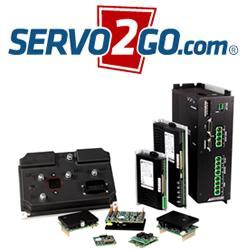President Signs FAA Bill To Integrate Unmanned Vehicle Systems By 2015
President Obama has signed the FAA Modernization and Reform Act 2012. The bill will allow the FAA to rebuild its air traffic control system to the next generation technology which will include switching from radar to a GPS air traffic control system. The law will open up the skies to unmanned drones by September 2015.
According to AUVSI (Association for Unmanned Vehicle Systems International), major UAS provisions in the FAA bill include:
- Setting a 30 Sept., 2015 deadline for full integration of UAS into the national airspace
- Requiring a comprehensive integration plan within nine months
- Requiring the FAA to create a five-year UAS roadmap (which should be updated annually)
- Requiring small UAS (under 55 pounds) to be allowed to fly within 27 months
- Requiring six UAS test sites within six months (similar to the language in the already-passed defense bill)
- Requiring small UAS (under 55 pounds) be allowed to fly in the U.S. Arctic, 24 hours a day, beyond line-of-sight, at an altitude of at least 2,000 feet, within one year
- Requiring expedited access for public users, such as law enforcement, firefighters, emergency responders
- Allowing first responders to fly very small UAS (4.4 pounds or less) within 90 days if they meet certain requirements
- Requiring the FAA to study UAS human factors and causes of accidents
Featured Product

High Performance Servo Drives for localized and distributed control applications from Servo2Go.com
Engineered to drive brushless and brush servomotors in torque, velocity or position mode, Servo2Go.com offers a broad selection of servo drives in a wide range of input voltages and output power levels.
